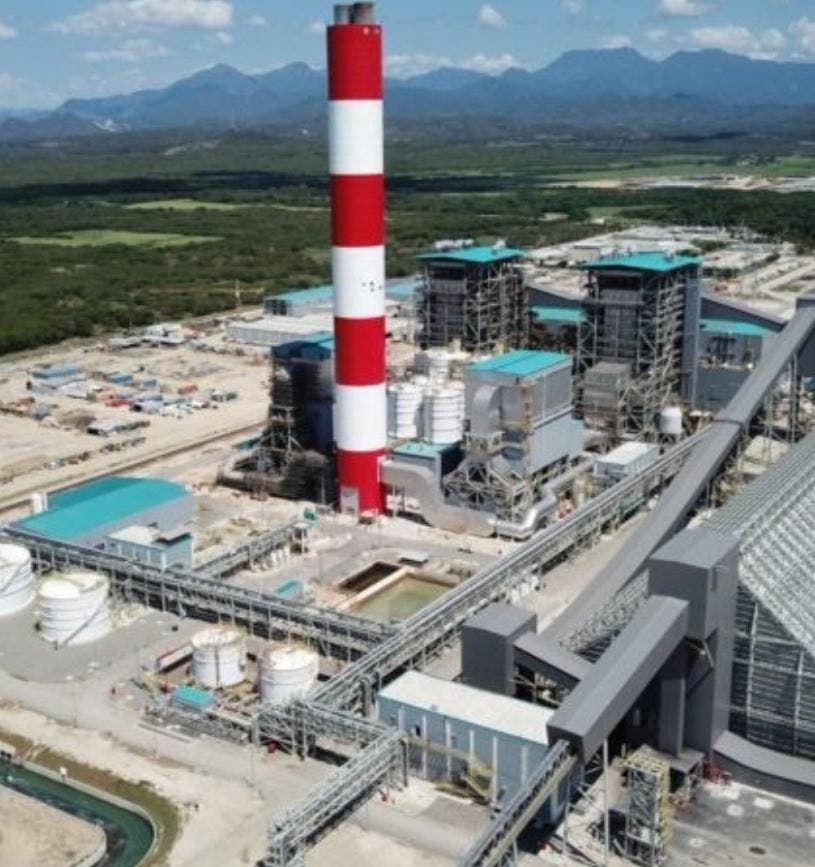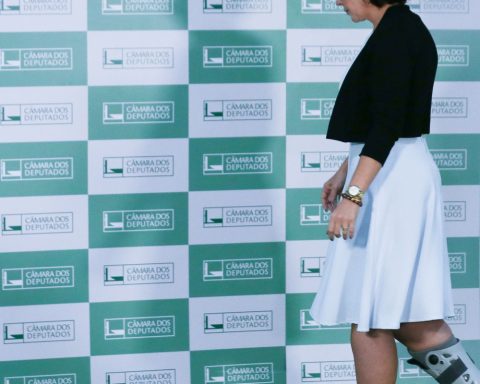The real salary fell 1.2% in February and fell 1.74% considering the last 12 months. This Thursday, the National Statistics Institute (INE) published the figures for the Average Salary Index (IMS) for last month. The INE technical bulletin indicated that the nominal increase in wages in 12 months (6.96%) could not catch up with inflation (8.85%) in the same period.
The last time the real wage grew in a rolling year was on time in April of last yearwhen the Central Bank managed to control inflation until it reached 6.76%, within the target range set by the authorities of the economic team (3% to 7%).
In the last rolling year, wages in the private sector increased 6.79% and those in the public sector increased by 7.27%. However, when inflation is taken into account, the result is that the real wages of both decreased by 1.89% and 1.45%, respectively.
Looking back over the last six years, the real wage peak was in January 2019. Since then, the purchasing power of workers fell with fluctuations until the outbreak of covid-19, when the downward trend intensified. As of today, the purchasing power of wages is slightly lower than it was six years ago.
Every January there are increases in the public sector and several of the adjustments scheduled in salary rounds of the private sector crystallize, so the real salary always shows a punctual increase that, in recent years, is relativized over the following months. However, as can be seen in the second graph, the peak registered in this January is lower than that of the same month of the previous yearbehavior that has been repeated since 2020.
Salary rounds and projections
In the last stretch of 2021, most of the negotiating tables agreed on salaries above the guideline of the executive power, in search of recovering the purchasing power that was lost during the unfavorable economic situation brought about by the pandemic. Therefore, the negotiated increases will surely begin to be reflected in IMS measurements this year.
However, the projected inflation at that time was less than the number close to 9% that exists today, so unless the acceleration of prices reaches levels of between 10%-12%, clauses will not be activated that allow wages to be recovered according to at the price level.
In interview with The Observerthe Minister of Labor Pablo Mieres He stated that this year he will begin reverse the loss of purchasing power in the different sectors of private activity. “What one can estimate at the end of 2022 is that there will be a recovery of real wages, but not yet complete with respect to the loss that occurred in the bridging period (2020-2021),” he declared.
The data for February
The private sector of the IMS presented a monthly nominal variation of 0.38%“mainly a product of the incidences of the sections: ‘education’ (0.23%), ‘social and health services’ (0.04%) and ‘financial intermediation’ (0.03%)”, according to the INE report.
In addition, the IMS public sector remained almost the same —it grew 0.02%— which is explained “by the incidences of the Central Government (0.04%), public companies (-0.01%) and departmental governments (-0.01%), the document explained.
With these numbers —and considering the growth of the CPI in February (1.47%)— the purchasing power of private officials fell 1.07% last month, while that of public officials fell by 1.43%, which totaled a general decrease of 1.2%.

















